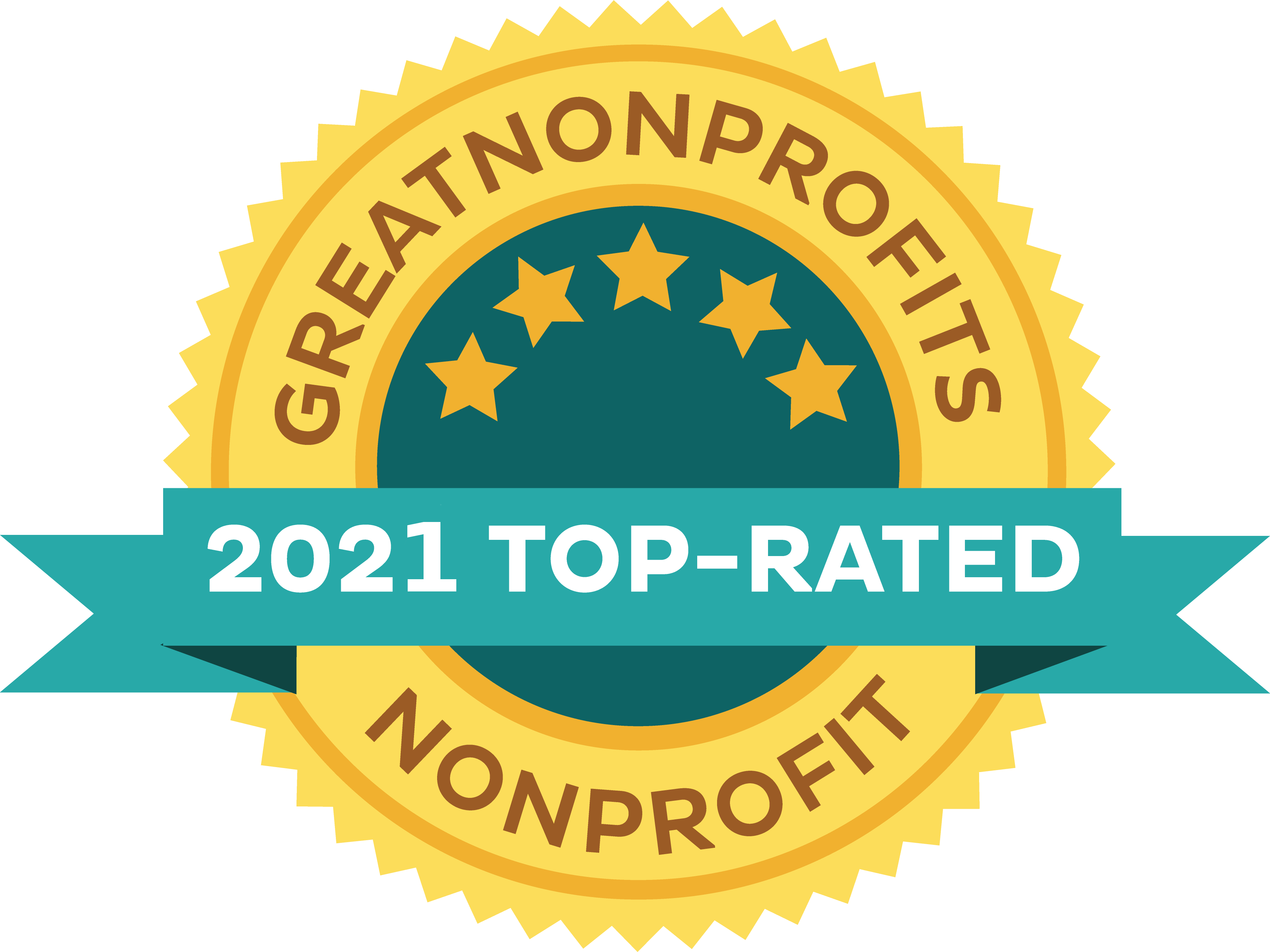Since the 19th century, knowledge of the role played by the city of Salerno in the history of medicine from the 10th century was based on the epoch-making work by the Italian historian Salvatore De Renzi (1800-1872), author of the monumental Collectio Salernitana (Salernitan Collection) published in Naples, in 1852 and presenting, according to its subtitle, a vast collection of unpublished documents illustrating the medical school of Salerno, together with a history of the school.
The more historical research progressed, the clearer it appeared that the topic needed to be approached on a new basis. An international research group was created, whose mission is to foster the critical edition of the documents from--and sources about--the so-called medical school of Salerno. The resulting works are published by SISMEL-Edizioni del Galluzzo in Italy and already include six volumes published in no more than four years, starting with a collection of essays reviewing Salvatore De Renzi’s work and offering new perspectives for a fresh renewed approach to the literary production of the school and the physicians it educated, directly or indirectly:
Danielle Jacquart and Agostino Paravicini Bagliani (eds.), La Collectio Salernitana di Salvatore De Renzi (Edizione nazionale "La Scuola Medica Salernitana" 3). 2008. ISBN: 978-88-8450-316-9.
In a logical sequence, this volume is followed by a presentation of texts produced by physicians of the School or influenced by its approach to medicine. This is not yet a general presentation in the form of an encyclopedia or dictionary, but a collection of essays focusing on either a specific work or a determined medical specialty as dietetics, urology or gynaecology:
Danielle Jacquart and Agostino Paravicini Bagliani (eds.), La Scuola Medica Salernitana. Gli autori e i testi (Edizione nazionale "La Scuola Medica Salernitana" 1). 2007. ISBN: 978-88-8450-232-2.
Complementarily, another collection of essays contextualizes medieval medicine at the time of Salerno, with such aspects as monastic medicine, bibliotherapy, poetry and medicine, the limits of medicine in the Middle Ages, and venoms and poisons, as well as essays on the achievements of other medical centers (Frederick II’s court in Palermo), authors (Hildegard von Bingen) or works (the famous Antidotarium Nicolai). Also, some contributions concentrate on specific medical conditions (leprosy), therapeutic method (dreams, music) or materia medica (mummy, animal materia medica):
Agostino Paravicini Bagliani (ed.), Terapie e guarigioni (Edizione nazionale "La Scuola Medica Salernitana" 6). 2010. ISBN: 978-88-8450-406-7.
The next three volumes are critical editions (with introduction) of some major texts of the school:
Iolanda Ventura (ed.), Pseudo-Bartholomaeus Mini de Senis, Tractatus de herbis (Ms London, British Library, Egerton 747) (Edizione nazionale "La Scuola Medica Salernitana" 5). 2009. ISBN: 978-88-8450-356-5.
With a long and detailed study of the herbal tradition in the School of Salerno, this volume offers a critical edition of the herbal contained in the famous Egerton 747 manuscript reproduced in facsimile in 2003 by Minta Collins.
Alejandro García González (ed.), Alphita. Edición crítica y comentario (Edizione nazionale "La Scuola Medica Salernitana" 2). 2007. ISBN: 978-88-8450-262-9.
Critical edition with a large introductory study of the Latin lexicon of pathological and therapeutic terms known as Alphita from its first lemma. The edition is followed by a useful explanatory glossary/commentary.
Monica Green (ed.), Trotula. Un compendio medievale di medicina delle donne (Edizione nazionale "La Scuola Medica Salernitana" 4). 2008. ISBN: 978-88-8450-336-7.
Italian translation of a work originally published in English, on the manual of medicine by the mysterious female physician Trotula (The Trotula. A Medieval Compendium of Women’s Medicine. Philadelphia: University of Pennsylvania, 2001. ISBN: 0-8122-3789-4), in which the introduction has been updated so as to reflect the works newly produced from the publication of the first edition.
All volumes include rich indices, be it of manus cripts, ancient and medieval authors and works, peoples and topics, which add to the value of each volume and the whole series.


